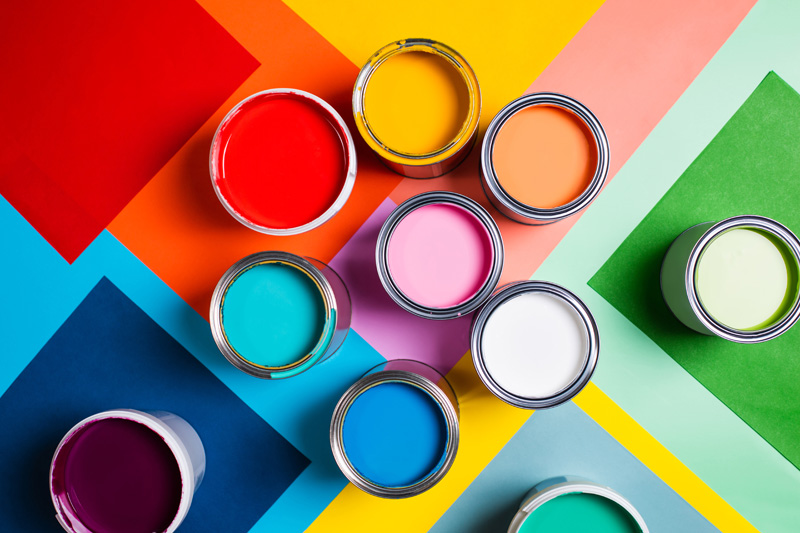When we think of the ways that art can affect our lives, we tend to think of the mental and emotional supplements it can bring. But thanks to a recent study done at the University of Central Florida, a group of researchers have figured out a way that art can not only help our minds, but save our planet.
Debashis Chanda, a professor at the University of Central Florida’s NanoScience Technology Center, and his colleagues have drawn inspiration from butterflies to create the first environmentally friendly, large-scale and multicolor alternative to pigment-based colorants, which the researchers say can contribute to energy-saving efforts and help reduce global warming.
“The range of colors and hues in the natural world is astonishing—from colorful flowers, birds and butterflies to underwater creatures like fish and cephalopods,” Chanda says. “Structural color serves as the primary color-generating mechanism in vivid species where geometrical arrangement of typically two colorless materials produces all colors. On the other hand, with man-made pigment, new molecules are needed for every color present.”
Based on such bio-inspirations, the researchers developed a plasmonic paint using nanoscale structural arrangement of colorless materials—aluminum and aluminum oxide—instead of pigments to create colors.
While pigment colorants control light absorption based on the electronic property of the pigment material, hence every color needs a new molecule, structural colorants control the way light is reflected, scattered or absorbed based on the geometrical arrangement of nanostructures.
Such structural colors are environmentally friendly as they only use metals and oxides, unlike pigment-based colors that use artificially synthesized molecules and tend to fade over extended periods of time.
The researchers have combined their structural color flakes with a commercial binder to form long-lasting paints of all colors. “Normal color fades because pigment loses its ability to absorb photons,” Chanda says. “Here, we’re not limited by that phenomenon.”
And because plasmonic paint reflects the entire infrared spectrum, less heat is absorbed by the paint, resulting in the underneath surface staying 25 to 30 degrees Fahrenheit cooler than it would if it were covered with standard commercial paint.
“More than 10% of total electricity in the U.S. goes toward air conditioner use,” Chanda says. “The temperature difference plasmonic paint promises could lead to significant energy savings. Using less electricity for cooling would cut down carbon dioxide emissions.”
Plasmonic paint is also lightweight—a result of the paint’s large area-to-thickness ratio—with full coloration achieved at a paint thickness of only 150 nanometers, making it the lightest paint in the world.
Sources: National Science Foundation, New Atlas



